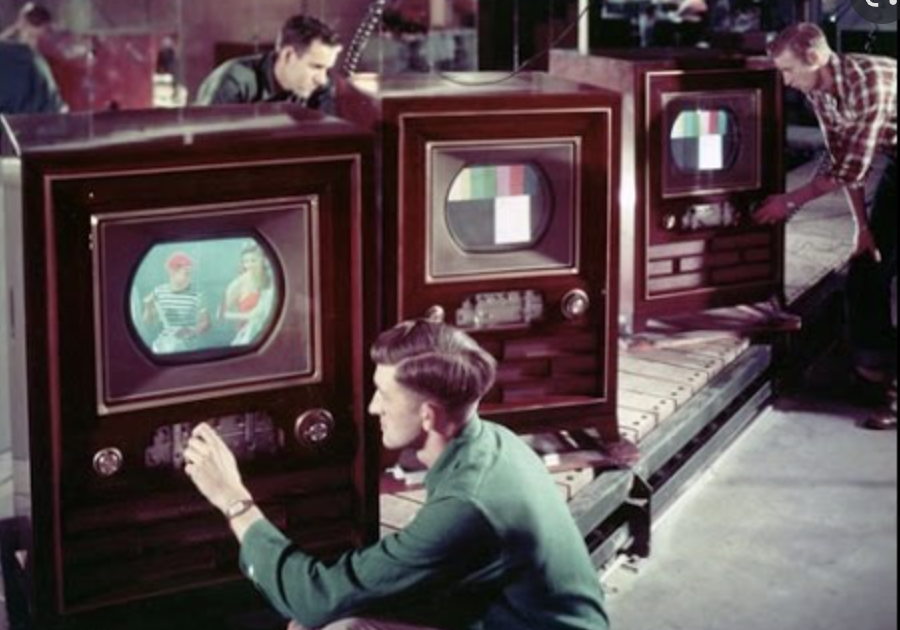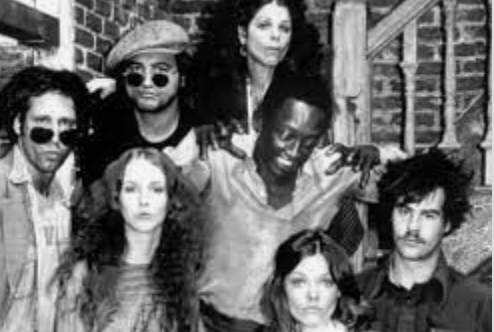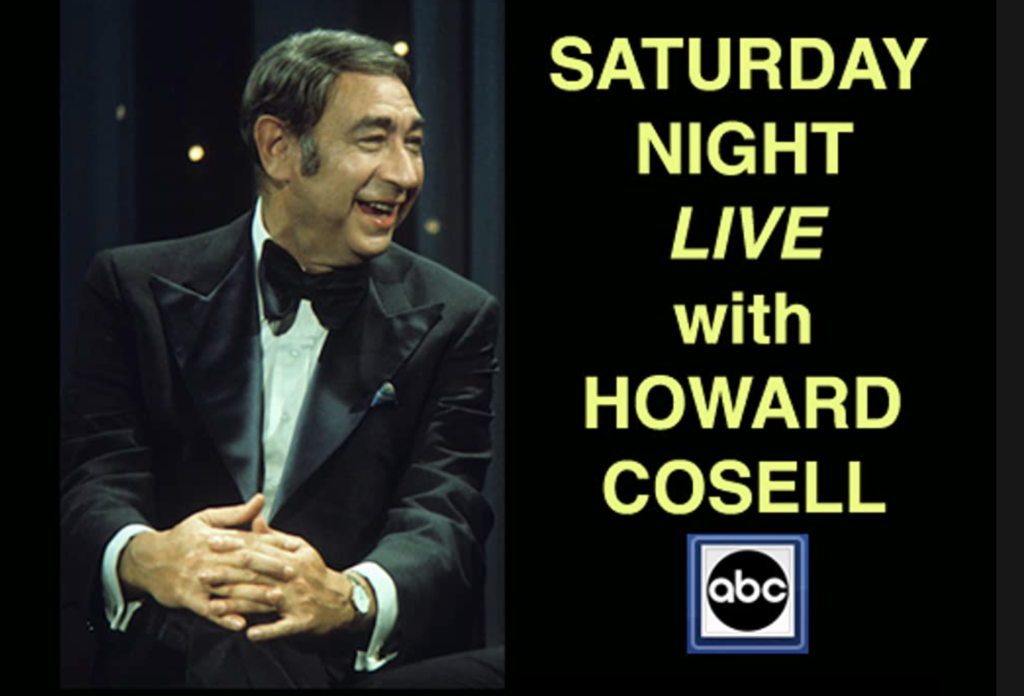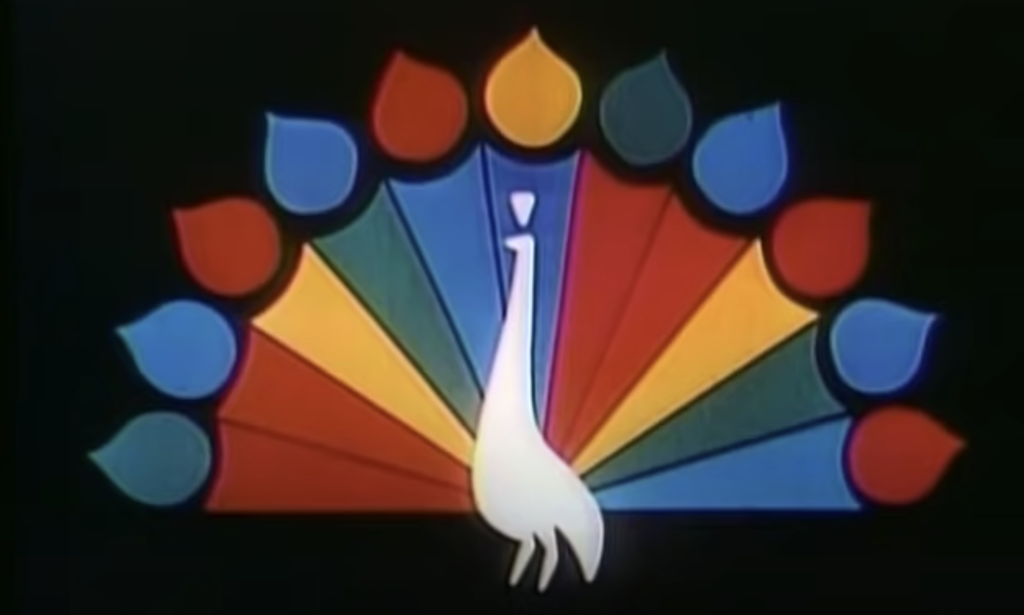I don’t remember the first time I saw the NBC peacock on my television screen, announcing that the show about to begin would be in color.
I don’t remember the first time I saw a show on a color television set. I’m pretty sure it was sometime around 1961 and it was at my grandparents’ home in Crestline, Ohio. I know we didn’t have a color set before 1964 or ’65, after moving to Virginia.
We had a smallish TV room in our second home in Ohio, and I remember two different things I saw on our black and white set in the fall of 1962. First was the premiere of “The Beverly Hillbillies,” which was pretty much different from anything I had ever seen before, and second was President Kennedy’s speech to the nation during the Cuban Missile Crisis.
We lived within 10 miles of Wright-Patterson Air Force Base, which was one of the top two or three military targets for Russian ICBMs, and my mother was loading canned goods into the trunk of our car in case we had to make a run for it.
All that was in black and white, though.
It was still early days for color television, and it wasn’t at all unusual for the color to be really weird.

Color wasn’t the only problem. It wasn’t even the biggest one. Horizontal hold and vertical hold required frequent adjusting, and since most people’s reception came via rooftop antennas, planes flying overhead often messed up the picture.
Most people had only one TV set in their home, a far cry from the way things are now. My wife and I are just two people, but we have three set. One in the living room, one in our bedroom and one in my office. Between two computers, an iPad, a laptop and two iPhones, we have a total of nine screens — all of them at least HD — that we could use to watch video.
Television back then was a unifying thing. Nearly everyone watched “I Love Lucy” or Uncle Miltie in the ’50s, and people were literally glued to their sets for four days in late November 1963 when President Kennedy was killed.
Still black and white for us.
The first color set I ever owned was a 13-inch RCA portable in 1975 and what I remember watching most on it was Johnny Carson. Those were the days NBC had Carson, ABC had various other talk shows and CBS had late-night movies. They pretty much all signed off by 1 a.m.
Those were the last few years before cable and 24-hour TV, although cities like New York and Los Angeles had all-night TV and more choices. VCRs and TiVo were yet to come, so pretty much the only choice was to select what was on then and either watch it or turn it off.
I’m sure it sounds strange now, but there was something wonderful about watching something and knowing that millions of other people all across the country were watching it too.
The fall of 1975 was special in another way that has long since faded. It was the first season of a show now in its 47th season — “Saturday Night Live.”
For at least a year or two, it changed Saturday nights. People who had been making Saturday their night to howl now came home early to watch SNL at 11:30.

It was maybe the first water cooler show for the Baby Boomers, even if it was Monday before most of us could talk about it.
F course it wasn’t called SNL that first year. It was just “Saturday Night,” because there was a show on ABC called “Saturday Night Live With Howard Cosell,” an effort to recreate the old Ed Sullivan Show with the controversial sports commentator as its host.

One more reason that ’70s television was a true abomination.
I don’t remember when it was that everything was in color, or when it was that there were no more problems with reception. But a far bigger change was when it became possible to watch a show when you wanted to watch it and skip the commercials.
That sort of destroyed the national unity of the real event shows. In 1980, the entire country spent the summer asking “Who shot J.R.?” and three years later, “M*A*S*H” drew the biggest audience in television history for its series finale.
But at that time, you watched them when they were aired and suffered through the commercials — or you didn’t watch them.
Now I can take out a DVD and watch either of them — without ads — whenever I want to.
I have them both, but I’ve never watched either of them since I saw them on their original airdates.
But I could.
Sometime when I was bored, and there was nothing actually airing on TV that interested me, I could watch either of them or a thousand other shows or movies.
That isn’t necessarily a good thing.
It’s nice to be able to watch whatever I want whenever I want, but so much of the wonder of it is gone. I’ll never again see the peacock and hear the announcer …
“The following program is brought to you in living color on NBC …”

